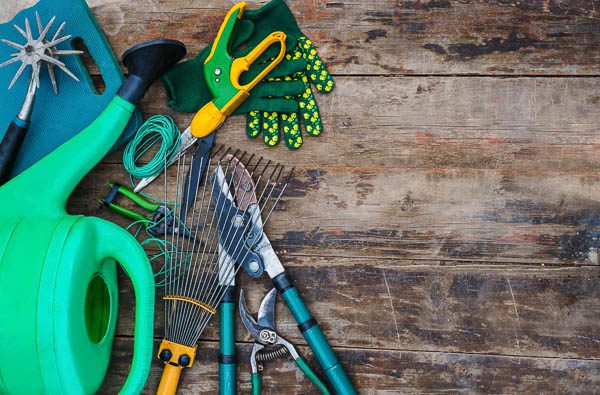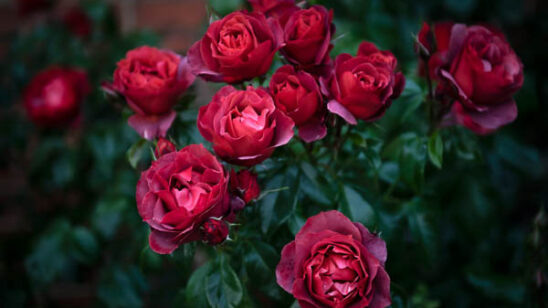
Up your gardening game
As summer fades, garden sheds resound with activity as tools are sharpened, wheelbarrow tyres are pumped, yard carts are laden with gardening implements, seed packets are sorted and gardening gloves are inspected for holes. The dewy mornings and sunny days of autumn make for idyllic weather to connect with the soil and get the garden into the best shape it can be for winter and beyond. We check out how to up your gardening game this season.

Firstly, a bit of maintenance and tidying up is required, so bring out the secateurs for a spot of pruning.
Prune away dead or broken branches on woody shrubs and trees but don’t get carried away and prune everything in sight.
Leave plants with seeds and berries to bring interest and colour to the garden, but also for birds and insects to feast on throughout winter.
Mulching helps maintain soil moisture and protects roots over winter, not to mention prevents weeds from poking up where they’re not wanted!
Add 5-8cm of mulch to garden beds while taking care not to pile it against the base of plants.
Start a compost pile of fallen leaves. Over time the leaves decompose into leaf mould – a compost which is a rich source of nutrients.
Flower gardens require the removal of diseased foliage from perennials and shrubs.
Mark where perennials that go dormant through winter are so that they’re easily located in spring.
Now is also the time to plant spring bulbs before the soil gets too cold. To prevent weeds going to seed and overtaking the garden in spring, a thorough weed removal is also timely.
For edible gardens remove anything that has gone to seed, shows signs of disease or has died.
Ensure all roots are removed too. Plant vegetable seedlings of cauliflower, broccoli, beetroot and winter lettuce; as well as herbs like chives, parsley and rosemary.
Note where tomatoes and potatoes grew in order to rotate planting locations next season.
If you’re leaving the vegetable patch bare over winter, take this opportunity to add nutrients to the soil by planting green crops, such as lupin or mustard seed.
This is also the ideal time to plant whatever else delights the gardener’s eye – be it perennials, trees, shrubs, roses, climbers or fruit trees.
To increase the number of feathered friends visiting your autumn garden, entice them with regular feeding to see them through the cold months ahead when food can be scarce.
Attracting birdlife into the garden also encourages them to snack on pesky garden pests such as caterpillars and snails.
A win-win for both birds and the gardener!
British horticulturist, garden designer, craftswoman, photographer, writer and artist, Gertrude Jekyll, may well have had autumn in mind when she made this observation: A garden is a grand teacher.
It teaches patience and careful watchfulness; it teaches industry and thrift; above all it teaches entire trust.



